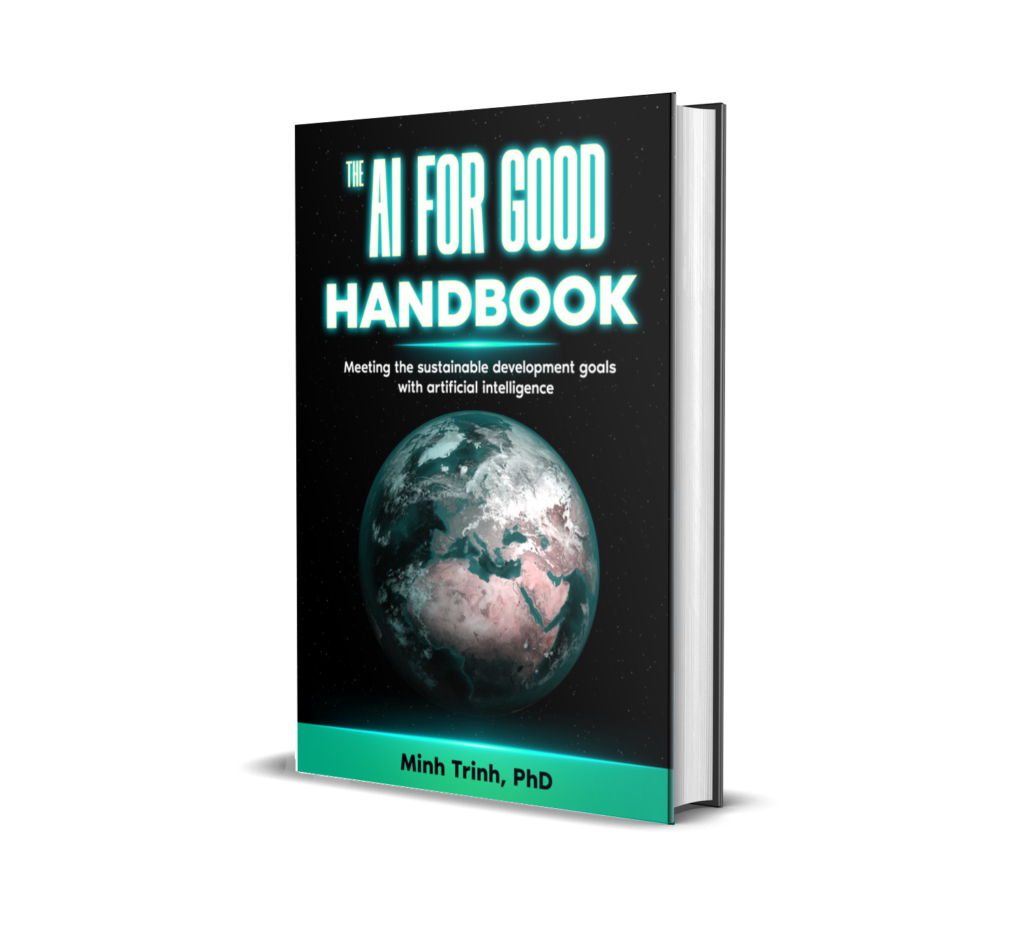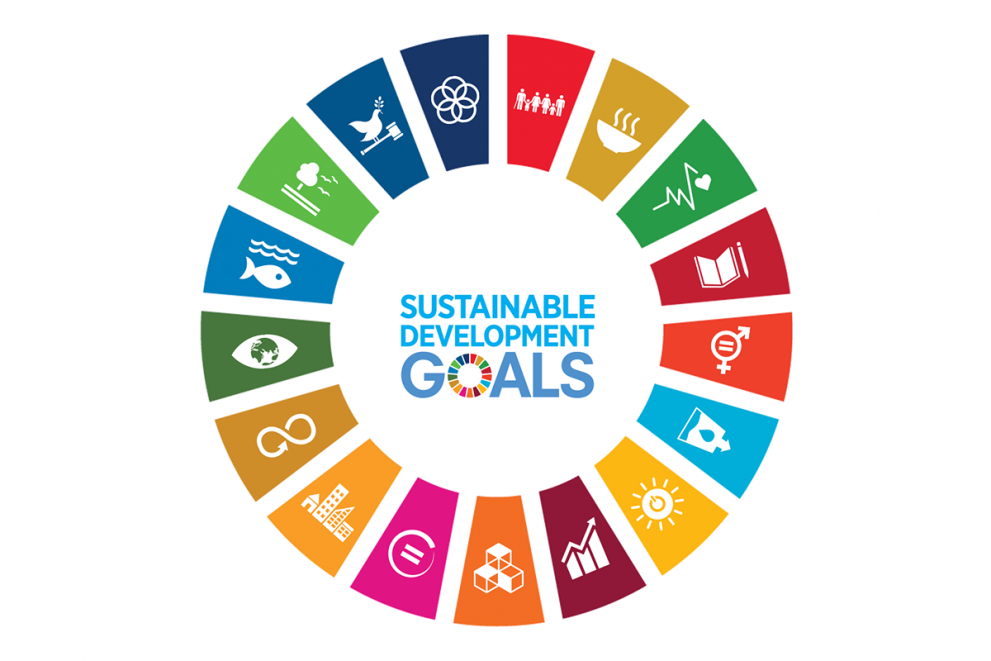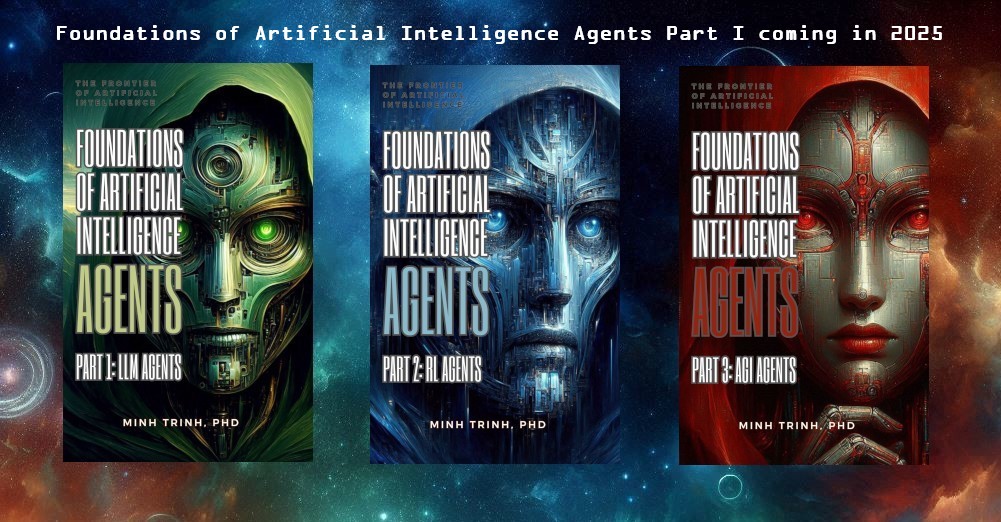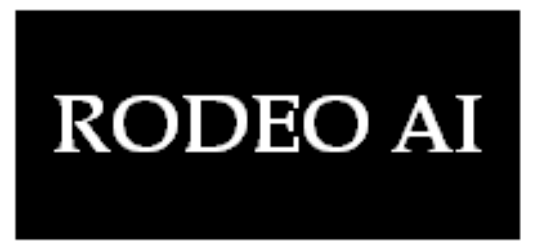
In 2015, the United Nations General Assembly set out 17 sustainable development goals to be achieved by 2030. These goals, ranging from ending poverty and hunger to promoting gender equality and protecting the environment, offer a roadmap for creating a more sustainable and equitable world. In this book, we explore how artificial intelligence can be harnessed to help us achieve these goals.
From using machine learning algorithms to detect and prevent disease, to developing smart cities that use clean energy and promote sustainable living, the potential applications of AI for sustainable development are numerous and exciting. But we must also be mindful of the potential drawbacks and ethical concerns that come with the use of this powerful technology.
In this book, we delve into the ways in which AI can support and enhance our efforts to achieve the sustainable development goals. We also discuss the challenges and considerations that must be taken into account as we strive to use AI for the greater good. By exploring the intersection of AI and sustainable development, we hope to provide a comprehensive and thought-provoking look at this important topic.
Table of Contents
Preface: The Sustainable Development Goals
Chapter 1: Poverty Reduction
Chapter 2: Hunger
Chapter 3: Human Health
Chapter 4: Education
Chapter 5: Work, Gender, Equality, and Inequalities
Chapter 6: Cities and Communities
Chapter 7: Climate Change
Chapter 8: Energy
Chapter 9: Land Ecosystems
Chapter 10: Water Ecosystems
Chapter 11: Sustainable Infrastructure, Industrialization, and Innovation
Chapter 12: Sustainable Economy
Chapter 13: Peace, Justice, and Institutions
Chapter 14: Partnerships for Sustainable Development
Conclusion




